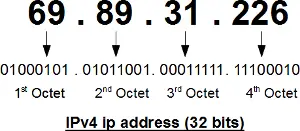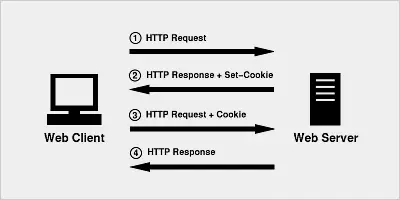Difference between LAN, MAN and WAN
Here you will learn about difference between LAN, MAN and WAN.
LAN
LAN stands for Local Area Network which ranges from small houses to small buildings. LAN works on different topologies such as Bus, star, ring, mesh, etc. In a small Organisation LAN is generally used as it provides many advantages such as high speed, reliable connections etc. LANs are easy to configure and operate as it includes less nodes or lesser number of computer systems connected to it. LAN is commonly called as Ethernet. It usually has 5-100 computers connected to it. LANs provides data transfer rates of upto 1gbps. LAN are generally used to share resources such as hardware devices like printers, scanners etc and commonly used for data transfer. LANs follow IEEE 802.3 standard. WLAN are also used where W stands for Wireless Connection which involves routers in place of modems. LAN enable stations to communicate directly using a common physical medium on a point to point basis without any intermediate switching node being required. Basic idea of LAN is to provide easy access of network resources and facilities between several interconnected systems.
Also Read: IPv4 vs IPv6 – Difference between IPv4 and IPv6
Various standards were developed for WLAN which are IEEE 802.11a, 11b, 11g and 11n. Most of the WiFi enabled devices today supports IEEE 802.11n standard.
LANs provides following properties to the user :-
1. Flexibility
2. Speed
3. Reliability
4. Adaptability
5. Security
MAN
MAN stands for Metropolitican Area Network which ranges from buildings to cities. MAN is simply a group of several LANs connected over a larger region covered by single LAN connection. Data rate is higher than LANs but less than WANs and covers more distance than LANs in geographical terms. A typical example of MAN is Local Cable TV network. It uses similar technology as LAN and follows IEEE 802.6 standards. These provide data transfer between 100-500 mbps which can be increased further with the help of using new technologies as these can also make use of fiber optic transmission technology between sites. The MAN standard is organised around a topology and technique called Distributed Queue Dual Bus (DQDB).
WAN
WAN stands for Wide Area Network which can range from countries to the whole world as well. The common term for WAN is internet. WAN consists of many LANs connected to cover large distances. Almost all the WANs uses store and forward subnets. WANs are the fastest networks and is mainly used for sharing of data over the network. Most WANs are telephone systems. WiMAX, GSM, CDMA, HSPA, LTE, fiber optics are some of the technologies supporting WAN. Covers distance upto 1000-10 kilo-meters. WANs can also use satellite or ground radio system.

Difference between LAN, MAN and WAN
|
Parameter
|
LAN
|
MAN
|
WAN
|
|
Area Covered
|
Covers small area i.e. within the buildings
|
Larger than LAN smaller than WAN
|
Covers large geographical areas
|
|
Error rates
|
Lowest
|
Moderate
|
Highest
|
|
Transmission speed
|
High
|
Moderate
|
High
|
|
Equipment cost
|
Uses inexpensive equipments
|
Uses moderately expensive eqipments
|
Uses very expensive eqipments
|
|
Standard
|
IEEE 802.3
|
IEEE 802.6
|
IEEE 802
|
|
Design and Maintenance
|
Easy
|
Moderate
|
Difficult
|
|
Transmission Media
|
Co-axial Cable
|
Co-axial and Fiber optic cables
|
PSTN or Satellite links
|
|
Uses
|
Used for time critical purpose.
|
Used for general purpose applications.
|
Used for non-time critical application.
|
Comment below if you have queries or found any information incorrect in about article for difference between lan, man and wan.






